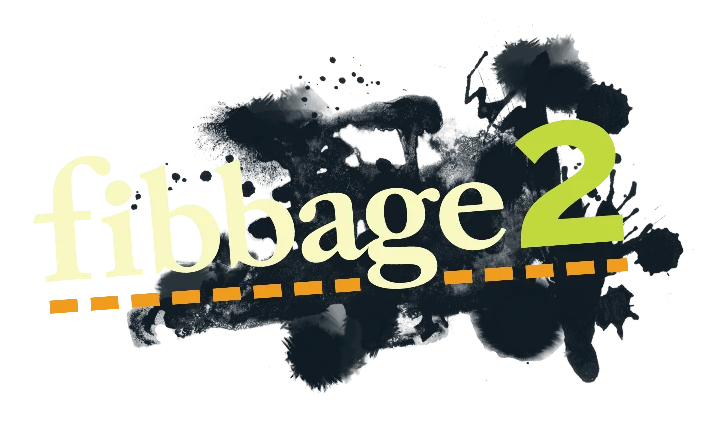

The initial spark began with the firm’s owner, Reyn Guyer, who in 1964 envisioned the polka-dot board, and he tasked Foley and Rabens with turning it into a functioning game. Charles Foley and Neil Rabens, the two inventors credited on the patent, were working at a Minnesota design firm named Reynolds Guyer House of Design when they developed the game. He said it was too far out, kids wrapping themselves around each other like that.”Īlthough Twister launched earlier, in April 1966, this week marks the 50th anniversary of its patent. “He did share that there were some people internally that thought it was a little risqué for kids,” says Walsh.Īs Taft put it to The Guardian shortly before his death, “When I showed it to my sales manager, he said: ‘What you're trying to do there is put sex in a box.’ He refused to play. Most of that internal criticism took an exacting form-Milton Bradley’s brand revolved around making tabletop games, and Twister was a floor game-but a strand of it centered on the concerns that the game would be perceived as too sexual. “He got quite a bit of flak from people internally at Milton Bradley,” says Walsh, who interviewed Taft for his book. The game’s champion from within Milton Bradley, development executive Mel Taft, pushed Twister into the market even as others in his company said the game wasn’t worth the risk.Ī boy and girl play the game Twister, as other young people watch in a paneled living room, circa 1968. Nothing screamed “sex!” less than overdressed cartoon adults.

To deflect from concerns around sexual undertones, they packaged it as inoffensively as possible. The makers of Twister, the board game manufacturer Milton Bradley Company, feared that parents would deem the game inappropriate for kids because of the close physical proximity of its players.

That strange design existed for a reason. The women have sweaters, buttoned up to their necks,” says Tim Walsh, who wrote about the history of toys in his book The Playmakers.

“The men are in full suits and ties, all the way up to their necks. Also inexplicably for a game premised on close contact, the adults left a healthy distance between their bodies. Although the game was marketed mostly to kids and teens, emblazoned across the promotional material for its 1966 launch were cartoon adults wearing fancy clothes entirely impractical for playing the game. The original box for the game Twister was jarring in its conservatism. To deflect from concerns around sexual undertones, Milton Bradley packaged the game as inoffensively as possible.


 0 kommentar(er)
0 kommentar(er)
